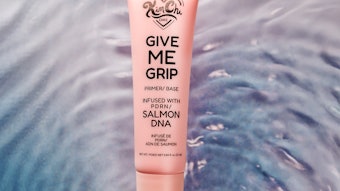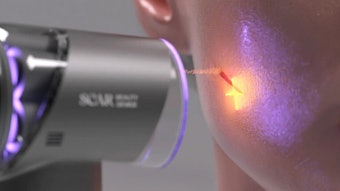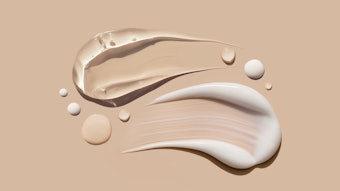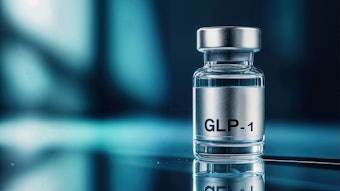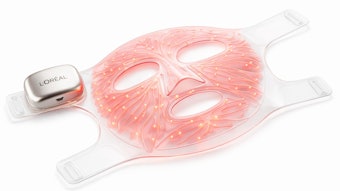Editor’s note: Cosmetics & Toiletries presents "Formulate This,” a new column highlighting commonly asked formulating questions with answers provided by seasoned industry experts. This feature is designed to provide cosmetic chemists and formulators with ideas and advice to solve formulating challenges. To submit a question, e-mail [email protected].
Question: I’m trying to understand cosmetic emulsion inversion. What actually happens inside the emulsion at the phase borders?
Answer: First, remember the HLB system. For ethoxylated emulsifiers, as the temperature increases, the HLB decreases--i.e., they switch from o/w emulsifiers at a low temperature to w/o emulsifiers at a high temperature. When an oil phase is added to a water phase, an o/w emulsion is formed.
As the temperature heats to 75°C, the HLBs of the o/w emulsifiers (ethoxylates) decrease and they orient to w/o. As the temperature is lowered, the HLB increases and there is a point at which the emulsifiers then orient to form an o/w emulsion (the Phase Inversion Temperature or PIT), resulting in an inverse emulsion.
From a theoretical standpoint (and in reality, too), to form an o/w emulsion, it is a good idea to first form a w/o emulsion and invert it into an o/w emulsion. The resulting resistant emulsion will have a narrow particle size distribution, and oftentimes a smaller average particle size, thus making it a more stable emulsion.


